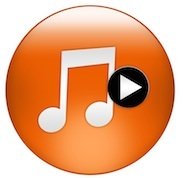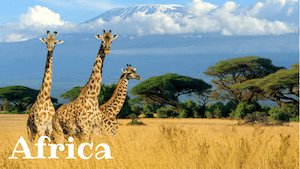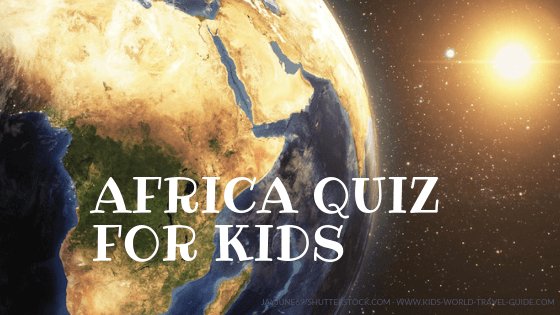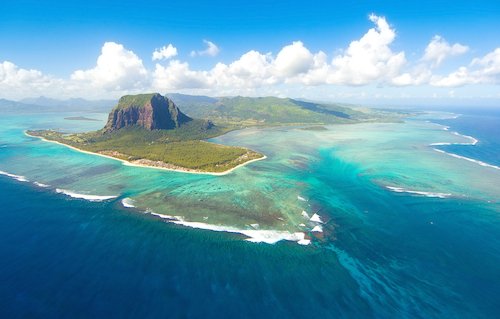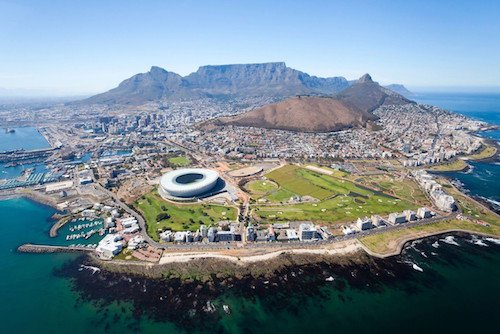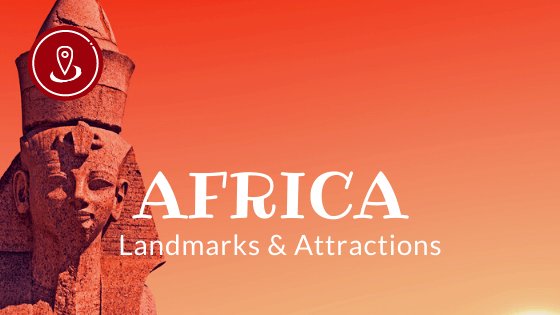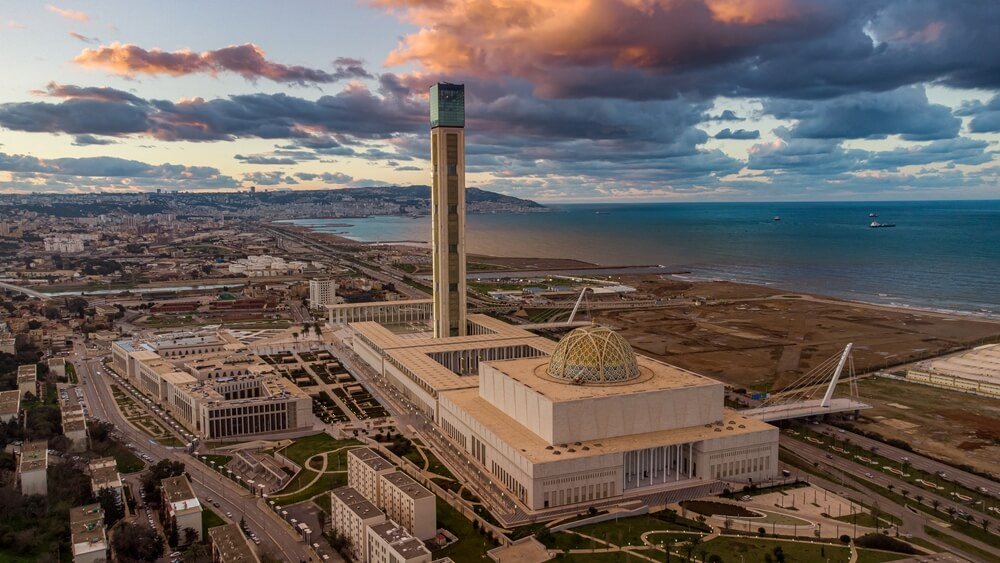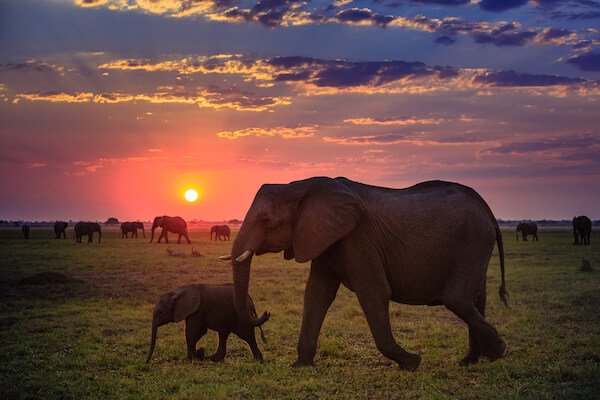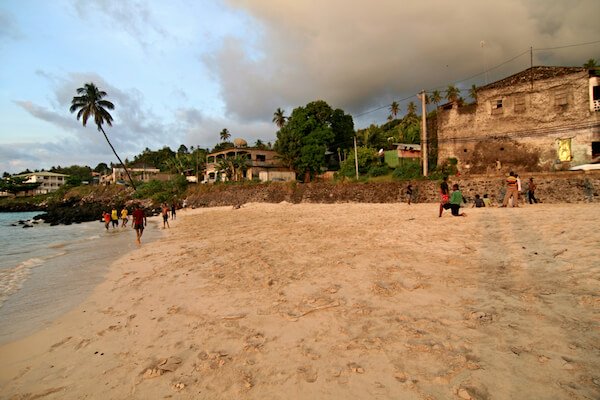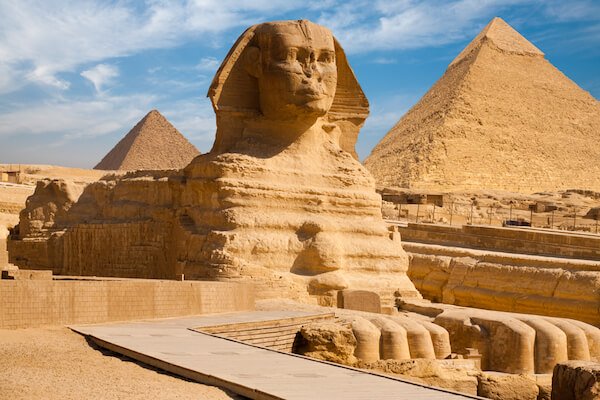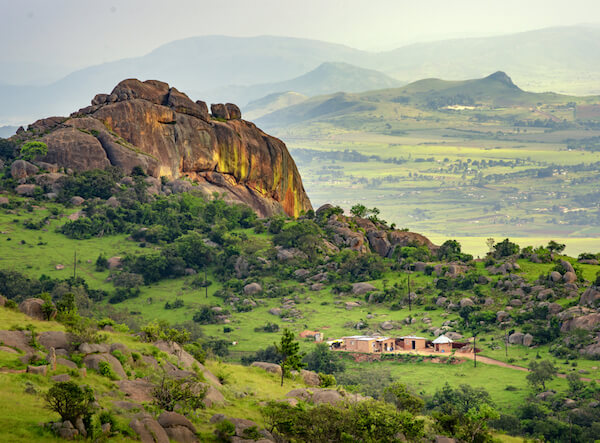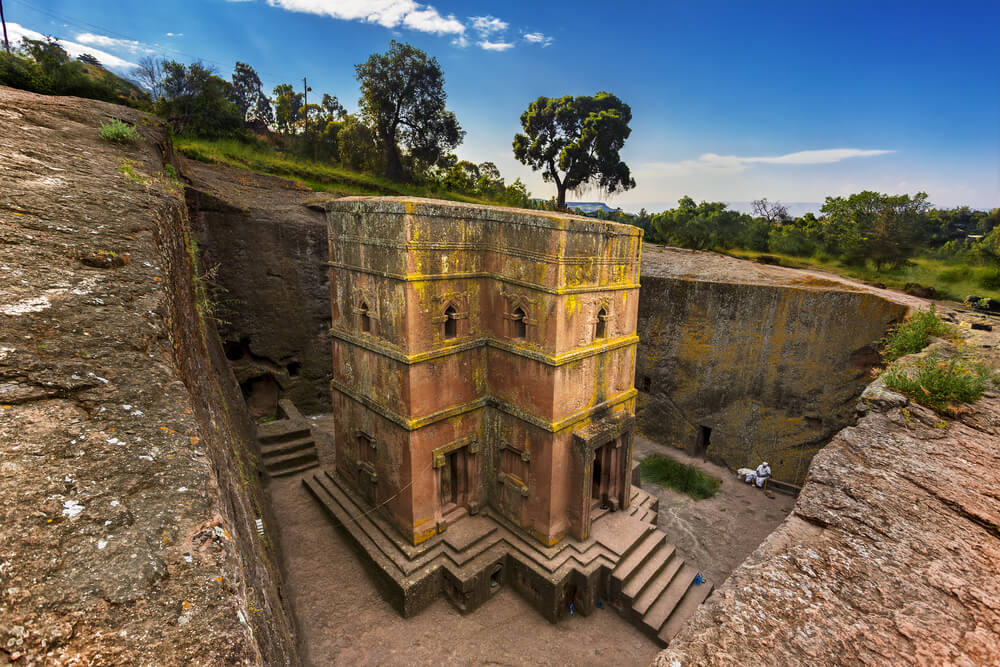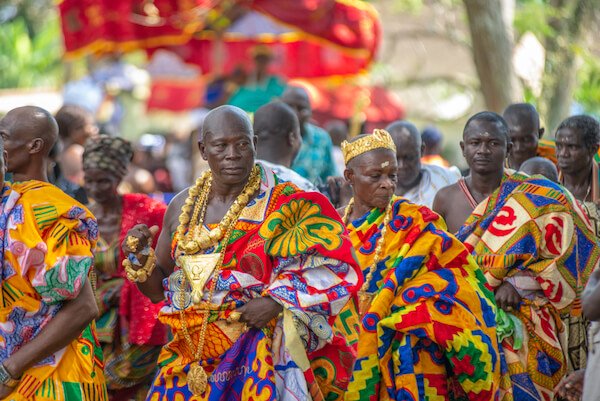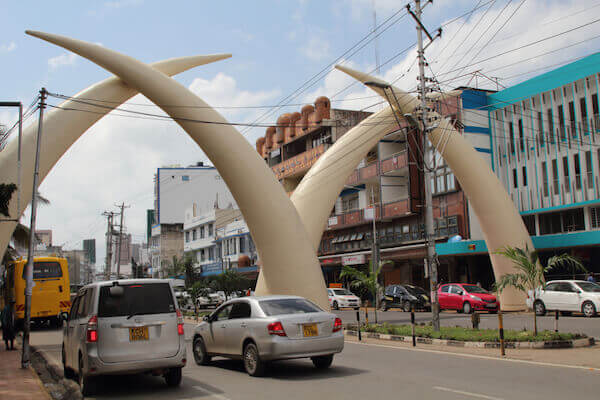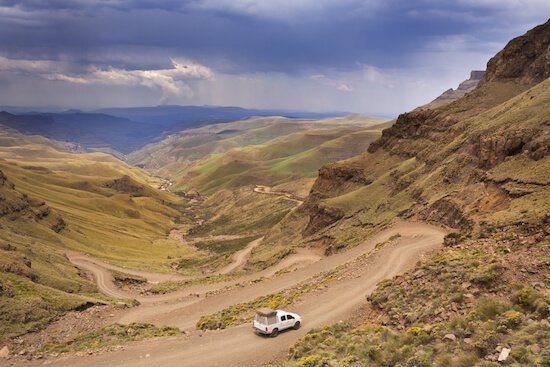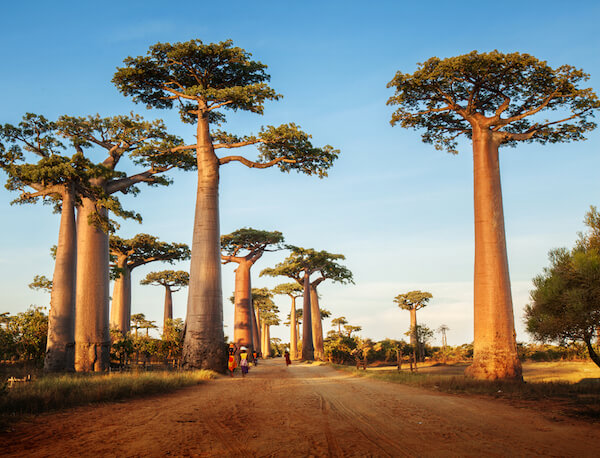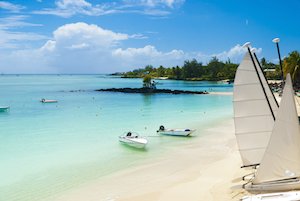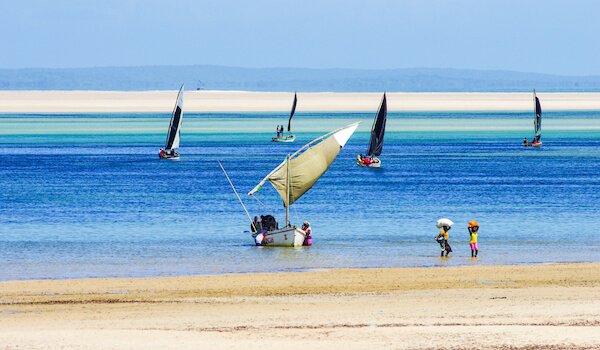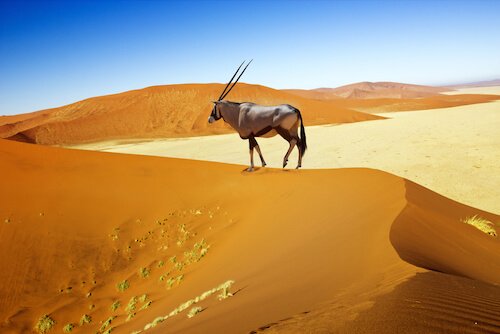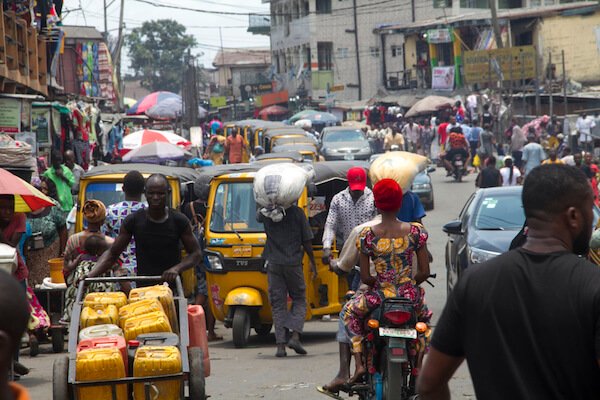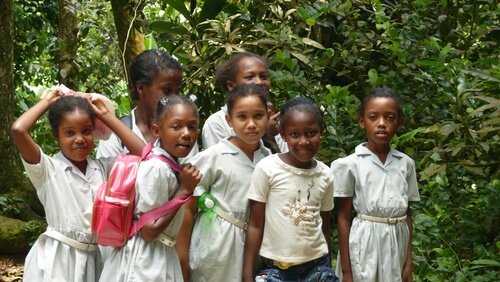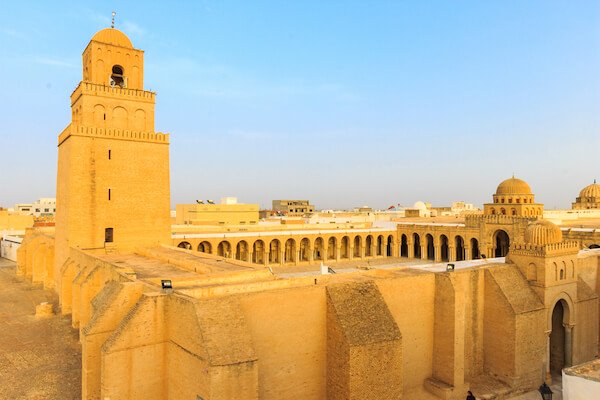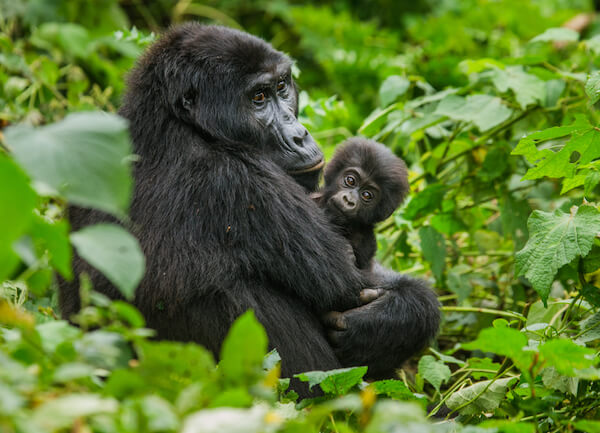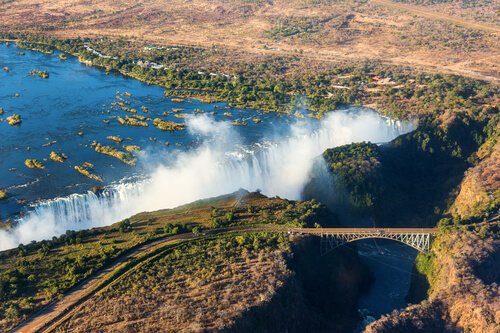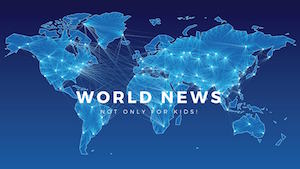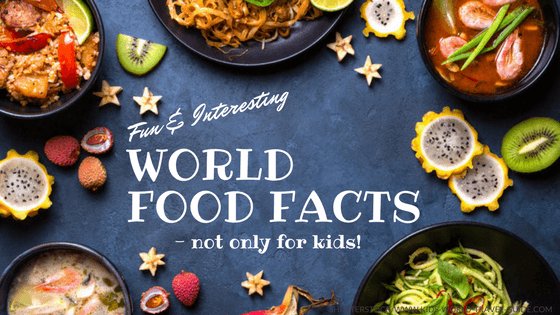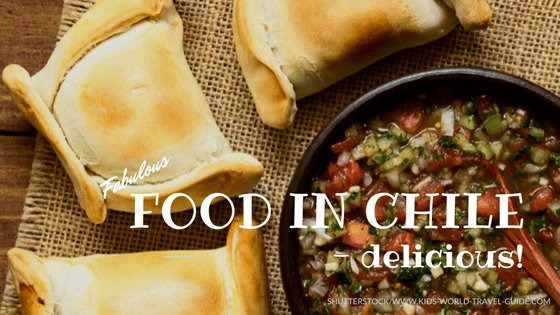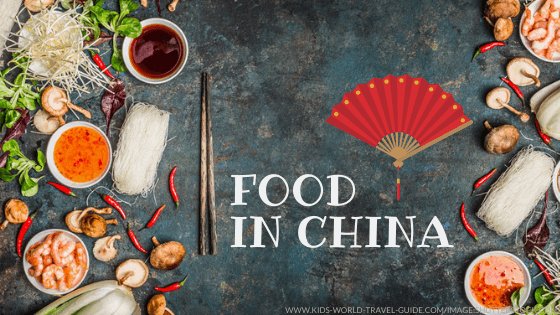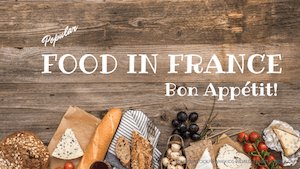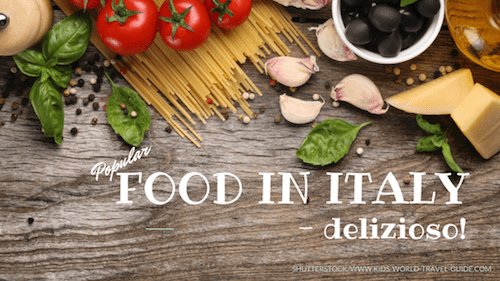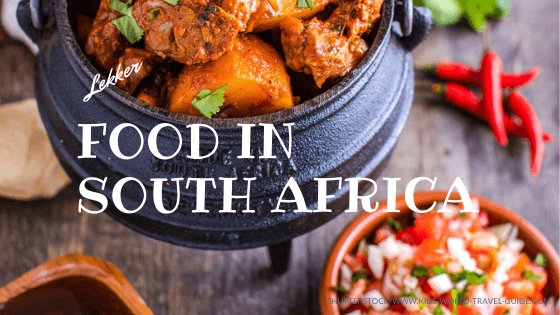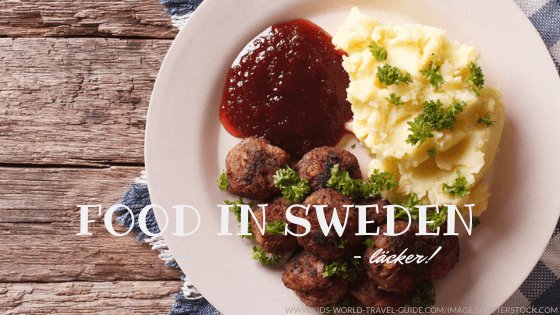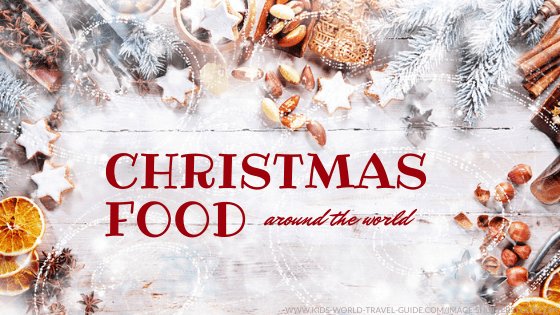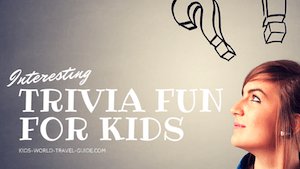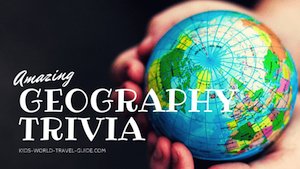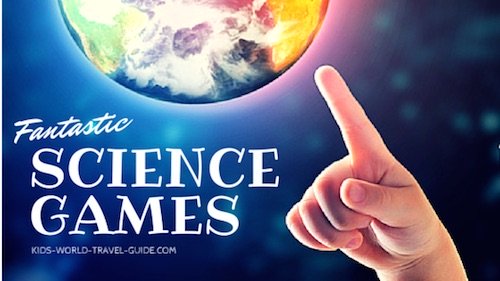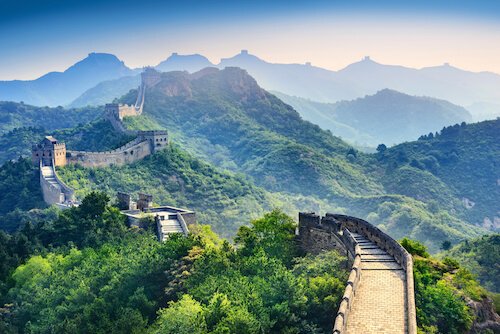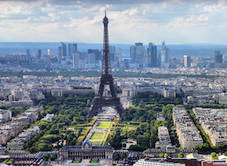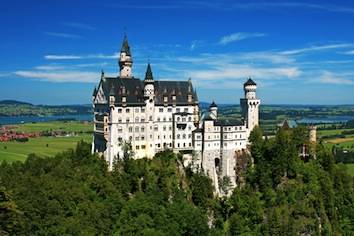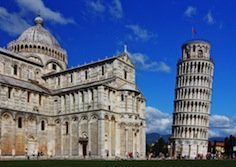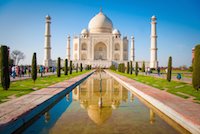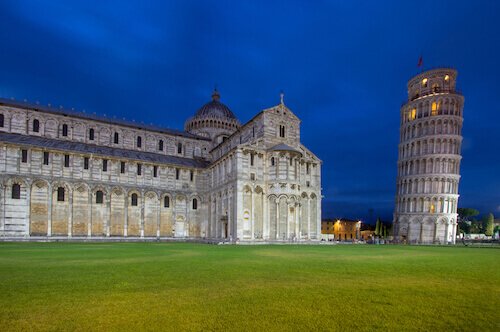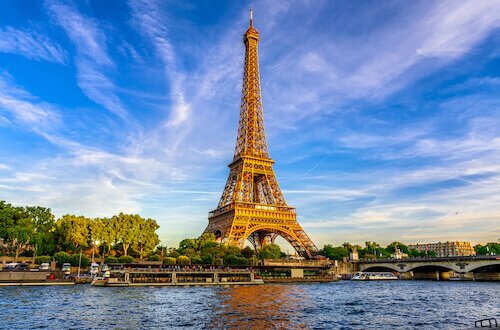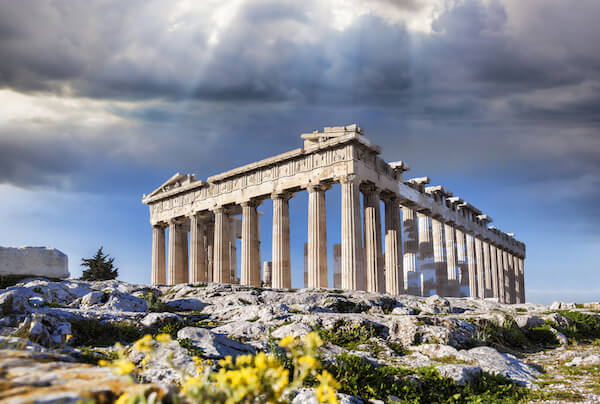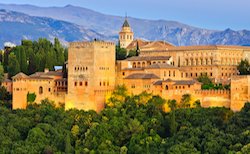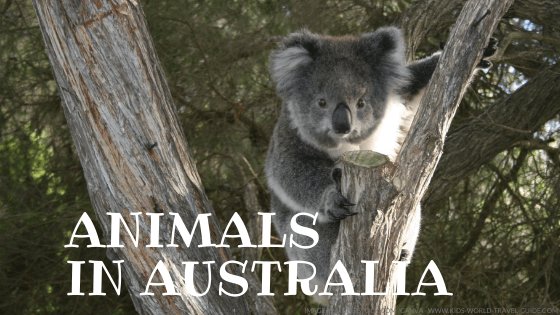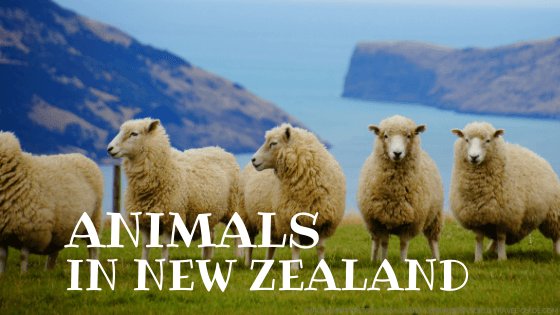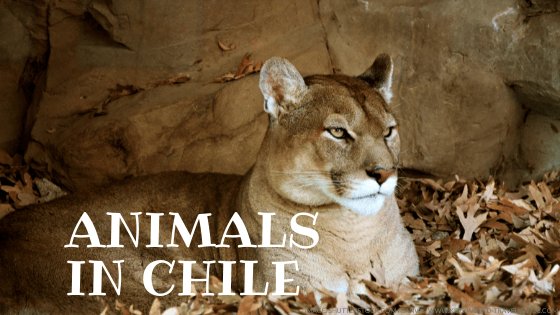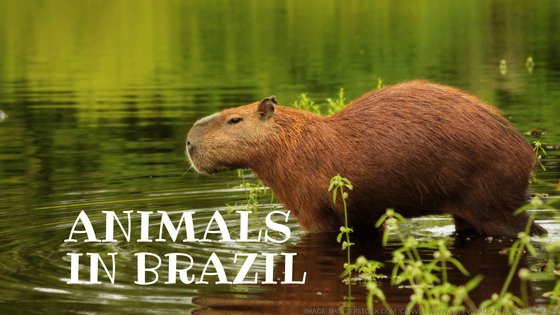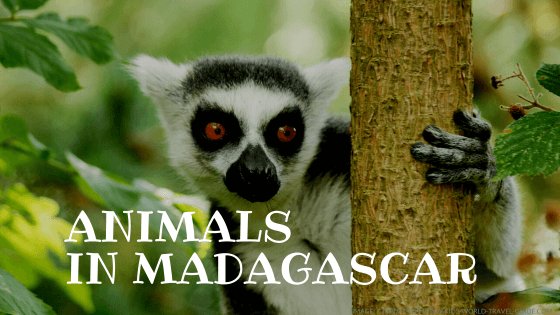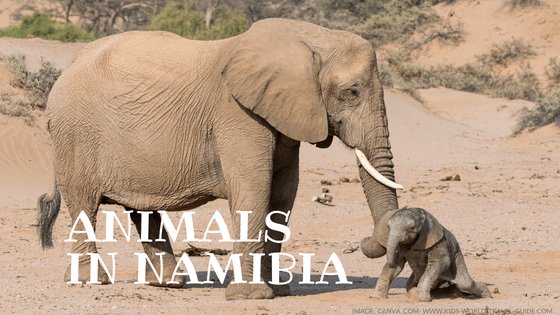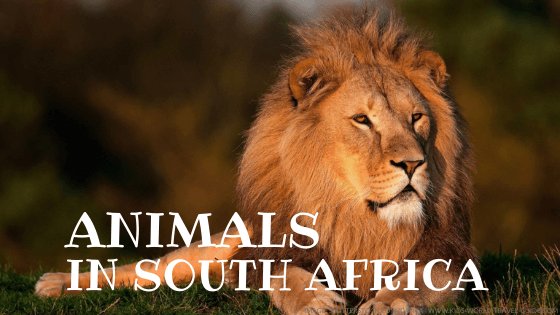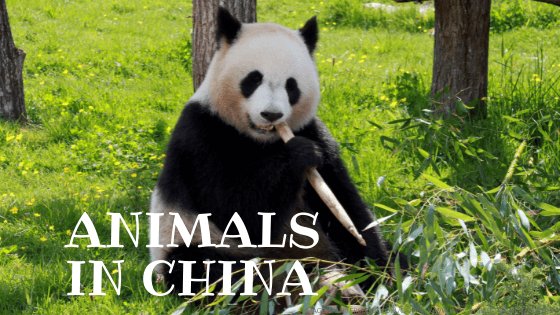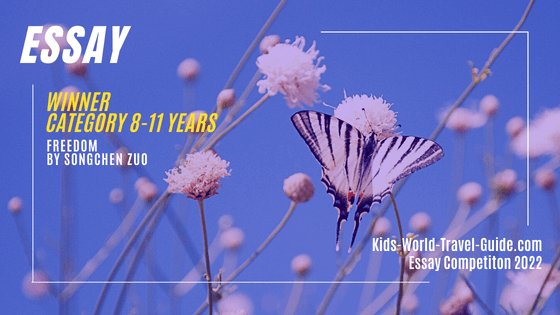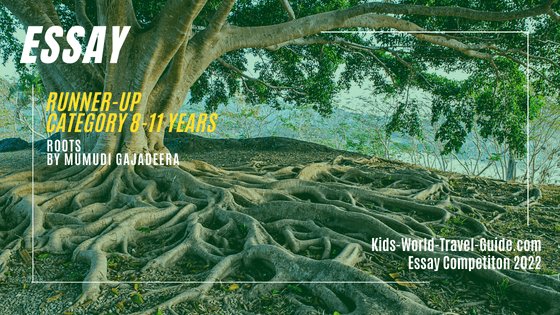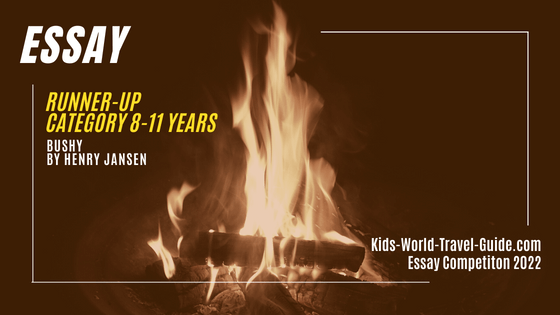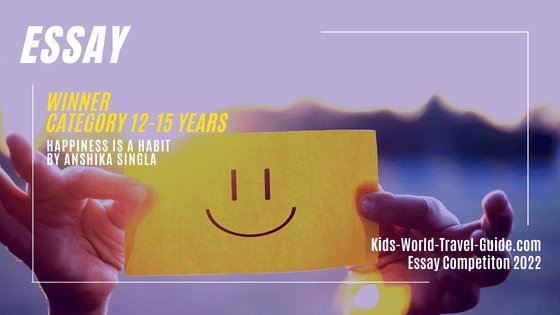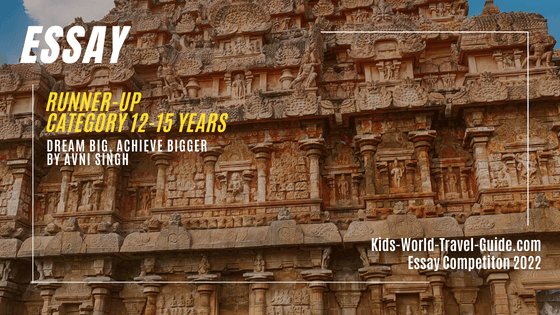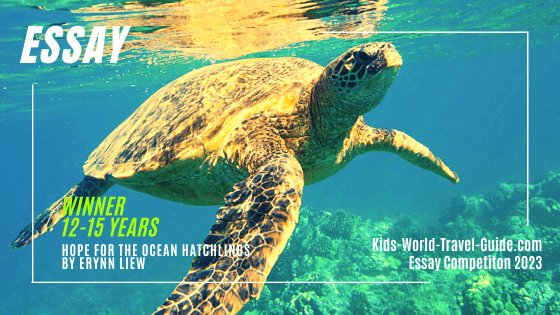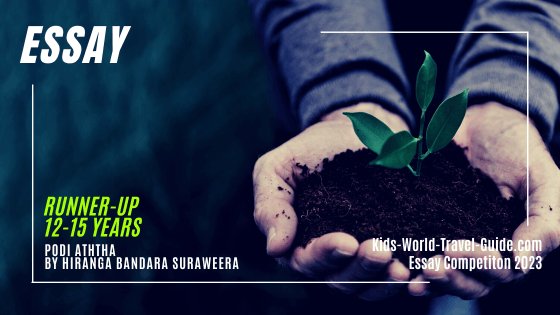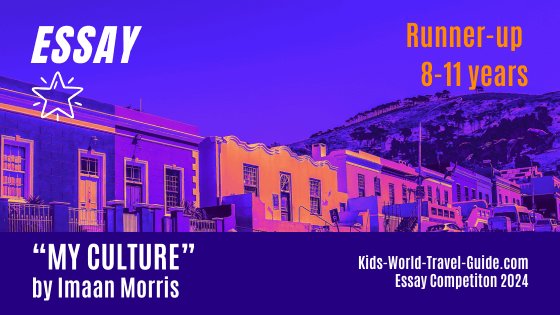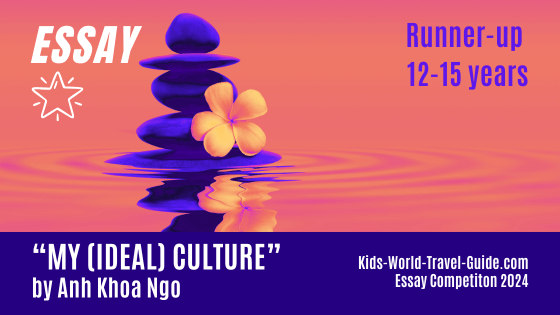- Homepage
- Morocco
Morocco Facts
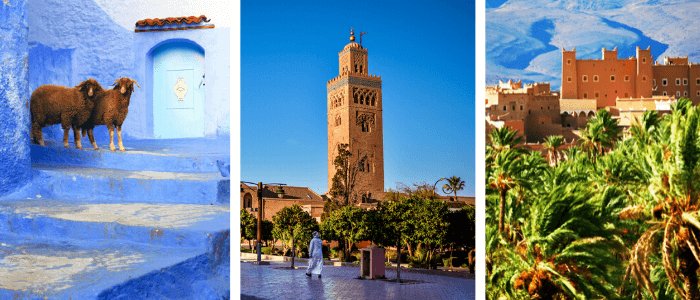
Morocco Facts for Kids
Here are some interesting Morocco facts which were chosen and researched by kids especially for kids.
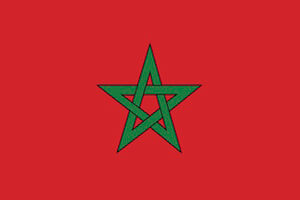 Morocco Flag
Morocco Flag- Population: 39 million people (2025)
- Capital: Rabat with 2 million inhabitants
- Name: Kingdom of Morocco
- Government: Parliamentary Monarchy
- Language: Arabic and Tamazight (Berber) are official languages, while French is often spoken
- Religion: Muslim 99% (Sunni)
- Currency: 1 Moroccan dirham = 100 centimes
- National Day: 18 November (Independence Day) and 30 July (Throne Day remembers the ascension of King Mohammed VI)
- National Animal: Barbary lion, pentagram (five pointed star which is also known as Solomon's seal)
- National Colours: red and green
- National Anthem: The Cherifian Anthem - listen here
- Chief of State: King Mohammed VI (since 1999)
- History: Morocco gained independence from France in 1956.
Morocco Facts | Morocco Map
Morocco is located on the African continent. The North African country borders the Atlantic Ocean and the Mediterranean Sea.
Morocco borders two countries: Algeria and Spain via the two Spanish enclaves Ceuta and Melilla as well as the disputed territory of Western Sahara. Western Sahara is occupied to the major part (80%) by Morocco and to 20% by the Sahrawi Arab Democratic Republic.
On the map you can see the neighbouring countries and the location of the country's capital city Rabat.
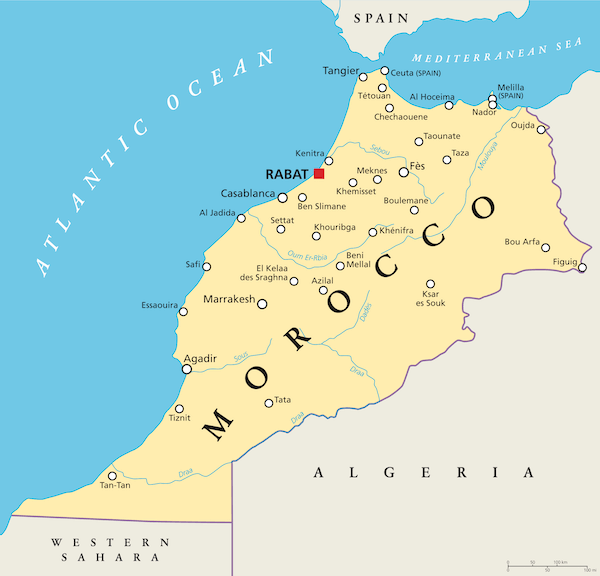 Map of Morocco
Map of MoroccoSpain lies across the Straits of Gibraltar to the North of the country. Please see further info about Western Sahara and this map under Page Resources below.
A flight to Morocco takes about 4 hours from the UK and it takes about 15 hours to fly from New York/USA to Rabat.
Morocco Geography
Morocco is slightly bigger than California/ USA or a bit smaller than twice the size of the UK.
The fertile coastal regions are bordered by the high Rif mountains in the North and the Atlas mountains that are separating the western coastal region from the Sahara desert.
The Atlas Mountains are the prominent mountain range that stretches across Morocco, Algeria and Tunisia.
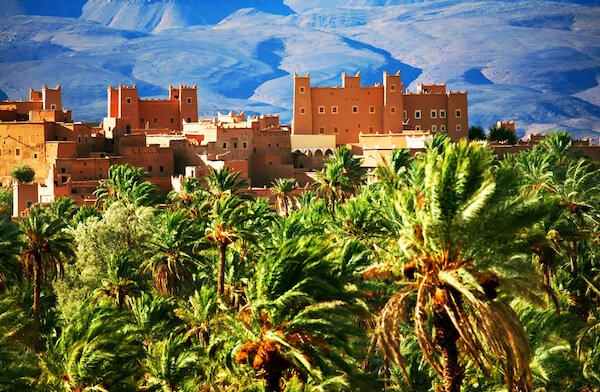 Moroccan Kasbah in the Atlas Mountains
Moroccan Kasbah in the Atlas MountainsThe southeastern region of Morocco is part of the Sahara Desert. Here you find high sand dunes like those in Erg Chebbi.
Morocco has a 1,835 km/ 1,140 miles long coastline along the Atlantic Ocean and Mediterranean Sea, where there are many picturesque beaches, quaint villages and historic port towns such as Essaouira, Safi and Taghazout.
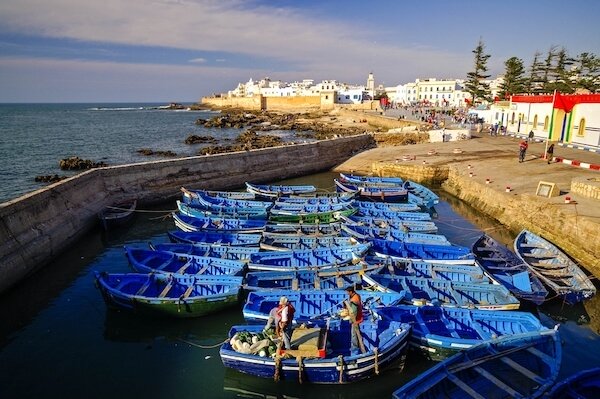 The port city of Essaouira
The port city of EssaouiraHere are some geo superlatives of Morocco:
- Morocco's highest point is Jebel Toupkal, with 4,165 m or 13,664 ft. This is also the highest mountain in Northern Africa.
- Morocco's longest river is the Dra with 1,100 km/ 683 miles in length.
- The largest city in Morocco is Casablanca with 3.5 million inhabitants. Other major cities are Fez, Tangier and Marrakech.
- The Ouzoud Falls to the north of Marrakech are the tallest waterfalls in North Africa with a total drop hight of 110 m/ 330 ft.
Morocco experiences a Mediterranean climate for most of the country. The lowlands have mild coastal climate but the interior experiences a harsh desert climate.
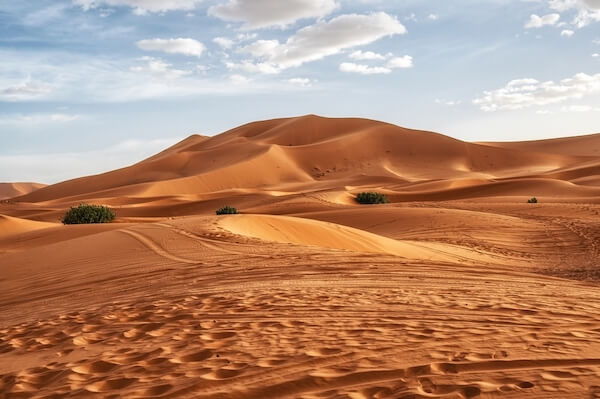 Sahara desert dunes near Morzouga in Morocco
Sahara desert dunes near Morzouga in MoroccoMorocco Facts:
Tourist Attractions in Morocco
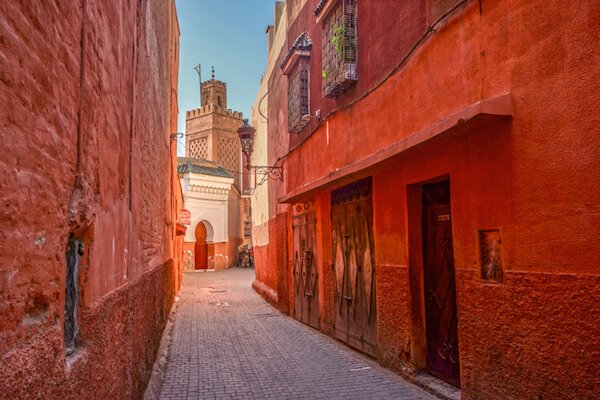 The 'Red City' of Marrakech in Morocco
The 'Red City' of Marrakech in Morocco- Marrakech: This vibrant Moroccan city is known as the 'Red City' and was Africa's "Capital of Culture" in 2020. The old city centre of Marrakech is an UNESCO world heritage site and has plenty of souks (markets), old walls and gates, palaces and gardens as well as market squares. The Jamaa el-Fnaa is said to be Africa's largest market square.
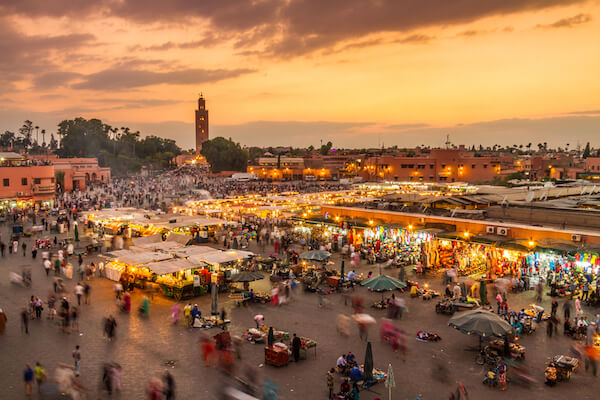 Jamaa el Fnaa - Market in Marrakech
Jamaa el Fnaa - Market in Marrakech- Chefchaouen: Morocco's famous "Blue City" is known for its unique white and blue and blue-washed houses and cobbled stone alleyways. The town is located in the Rif Mountains in northern Morocco.
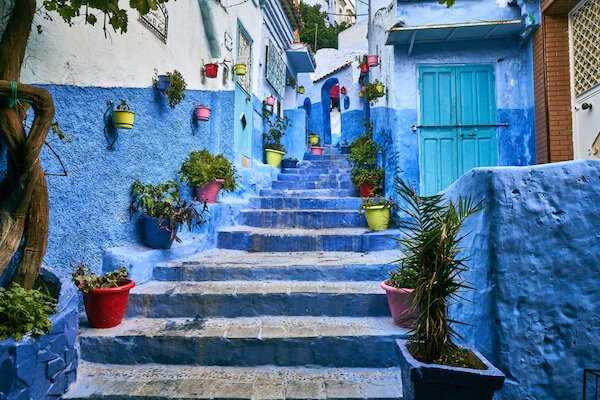 Chefchouen staircase
Chefchouen staircase- Rabat: Morocco's capital is a quirky seaside city with many modern buildings as well as French colonial buildings. Here you will also find the picturesque Kasbah of the Udayas which was built in the 11th century.
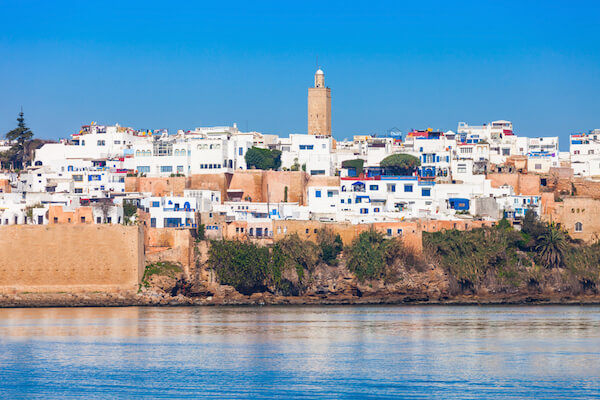 Rabat - the capital city of Morocco
Rabat - the capital city of Morocco- Casablanca's most famous building and the best known landmark of Morocco is the Hassan II Mosque. This is the second largest mosque in Africa - after the Djama El Djazair mosque in Algiers was finished in 2019. Morocco's Hassan II Mosque is one of the ten largest mosques in the world.
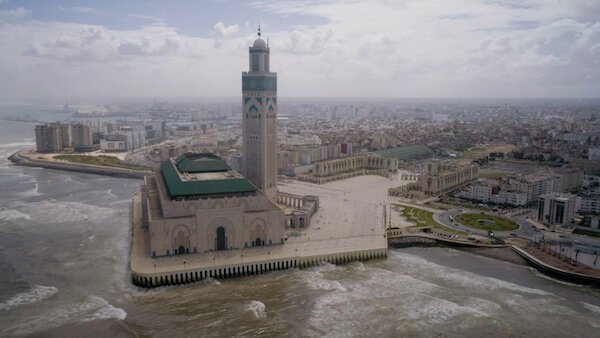 Morocco's Hassan II Mosque in Casablanca
Morocco's Hassan II Mosque in Casablanca- Fez: Formerly the country's capital, this city is known for its huge ancient medina, medieval streets and numerous leather tanning factories. A medina is the walled-in city centre which includes markets (souks), shops, eateries and housing.
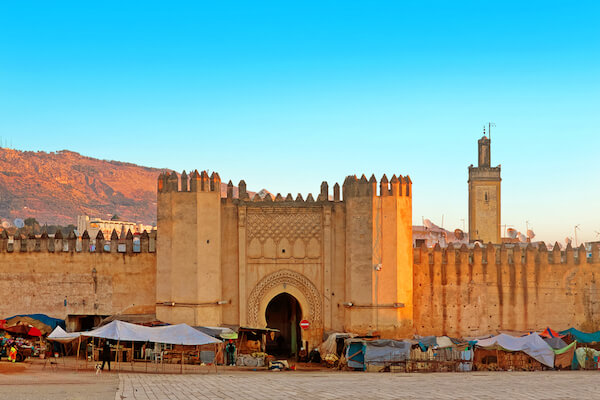 Medina of Fez in Morocco
Medina of Fez in Morocco- Sahara desert dunes: A desert safari is a great way to experience the impressive sand dunes and marvel at the clear starry skies at night.
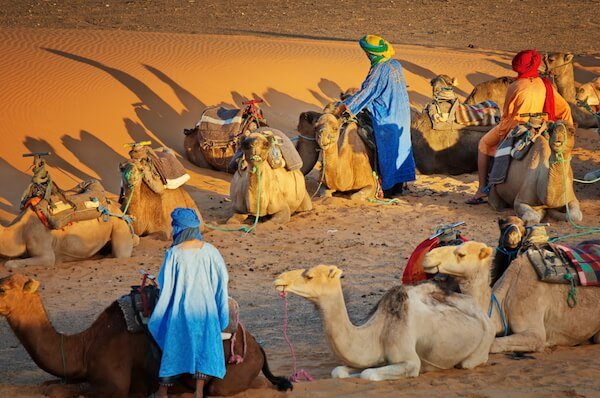 Sahara trekking with Berbers in Morocco
Sahara trekking with Berbers in Morocco- Erg Chebbi:
- Agadir: The beaches around the western Moroccan city on the Atlantic Ocean are the most popular and often called the most beautiful beaches in the country. Among the most stunning beaches are Taghazout, Imourane and Tiguert beaches.
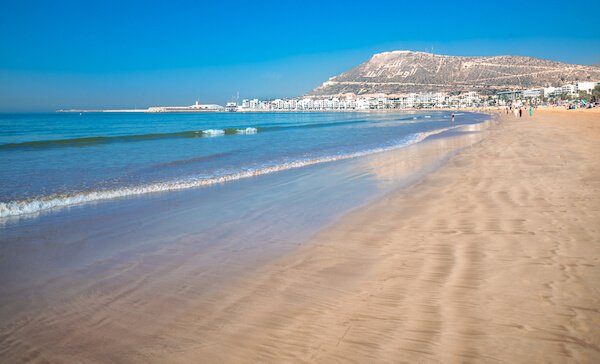 Agadir beach
Agadir beach- Ait-Ben-Haddou: This historic fortified village is a UNESCO world heritage site and has been featured in famous movies such as "Gladiator", "Lawrence of Arabia" or "Game of Thrones".
- Mountain trekking in the Rif Mountains or the High Atlas Mountains is another great way to come in contact with locals.
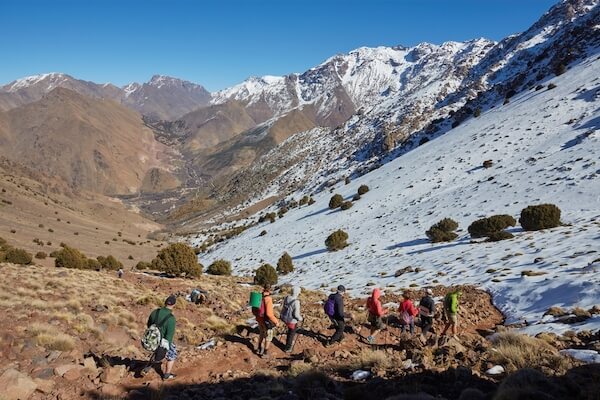 Hiking up Toubkal mountain
Hiking up Toubkal mountainMorocco Economy | Morocco Facts
The economy in Morocco is mainly driven by agriculture, mining, the tourism and textiles industries.
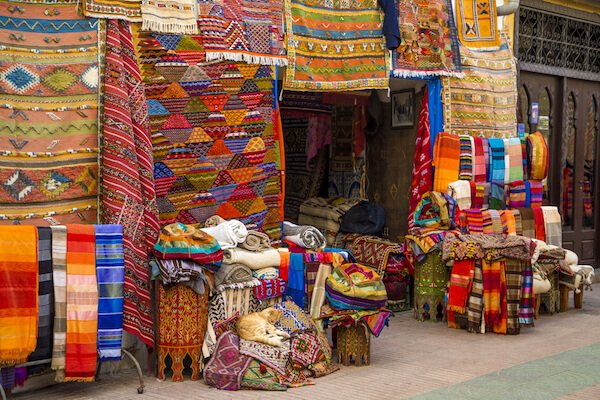 Morocco fabric market
Morocco fabric marketMining plays an important role in Morocco. The main resources are phosphates, iron ore and zinc. Tourism accounts for about 7% of the country's income. More than 17 million people visited Morocco in 2024. Main attractions were the souks of Marrakech and Fez, Sahara desert safaris as well as the stunning beaches around Agadir and the unique cities and town such as Chefchouen.
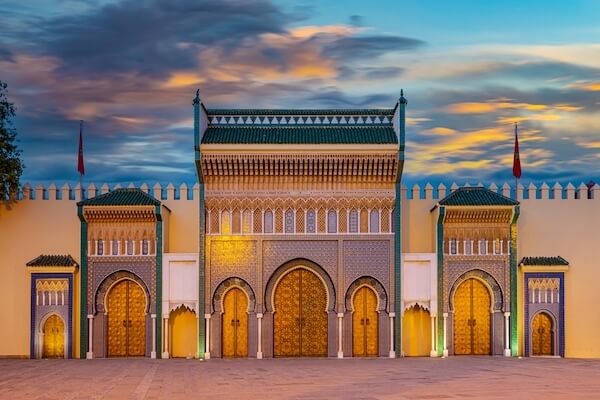 Fez - Gates of the Royal Palace
Fez - Gates of the Royal PalaceArgan oil is a plant oil that is extracted from the seeds of the Argan tree that grow abundantly in Morocco. Argan oil is used as a beauty oil in skincare and haircare and is also used in food.
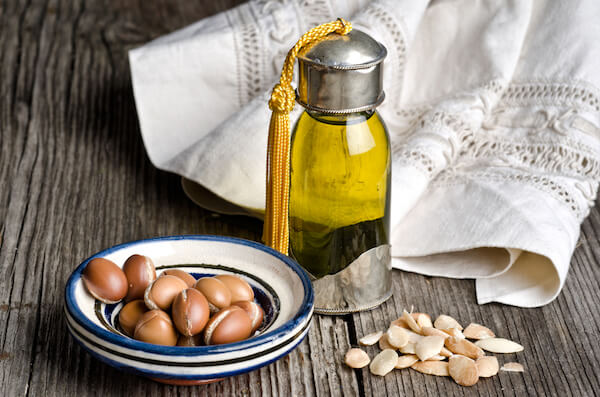 Moroccan Argan oil
Moroccan Argan oilThe main trading partners of Morocco are Spain and France.
The major cities in Morocco are Casablanca, Rabat, Fez, Tangiers and Marrakech.
Moroccan People
Two out of three Moroccans live in urban areas, such as the capital city or in larger towns. The eastern parts of the country are only very sparsely populated.
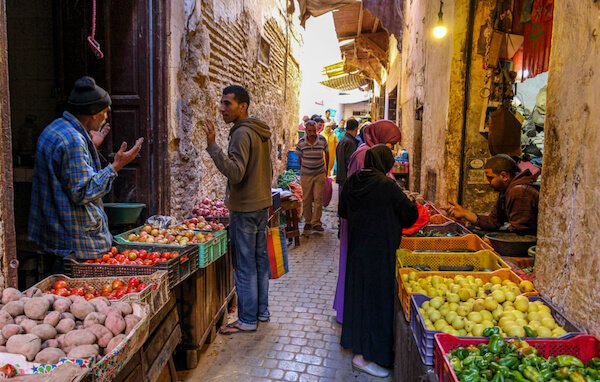 Fruit vendors in the Fez medina - image by Dino Geromella
Fruit vendors in the Fez medina - image by Dino GeromellaMorocco's culture is a mix of Berber, Arab, and European influences. This blend is reflected in the language, customs and music of the country as well as in the festivals celebrated in the country.
The women in Morocco often colourful kaftans that are embroidered for special occasions. The djellaba, worn by men and women, is a long hooded robe, and is a traditional piece of clothing.
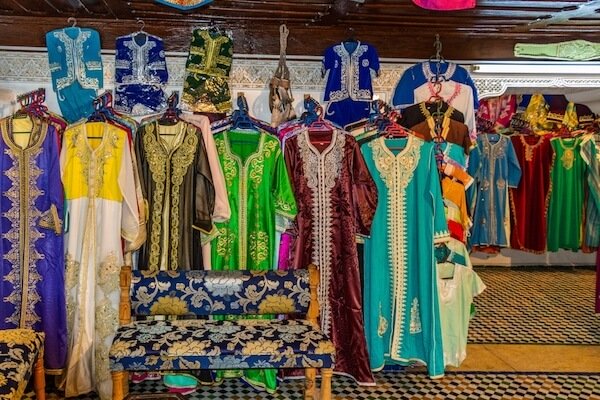 Traditional clothing in Morocco
Traditional clothing in MoroccoIn rural areas, many people are poor, unemployed and some older people are illiterate. Literacy rates constantly improved vastly over the last decade and today, about 75% of the adult population can read and write properly.
Children go to primary school for six years, then they move on to middle school and high school. Nine years of basic education for children from 6 - 15 years are free and compulsory. Drop out rates from middle and high school are still high, especially in rural areas.
The most popular sports in Morocco are soccer (football) and athletics. Morocco will be co-hosting the Soccer World Cup in 2030, together with Spain and Portugal.
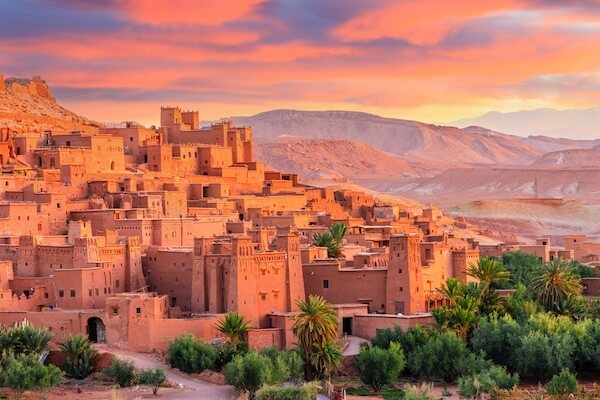 Aït Benhaddou
Aït BenhaddouLanguages in Morocco
Morocco Facts
Moroccan Arabic is the main working language in Morocco, the official languages are Arabic and Berber.
Tamazight, Tarifit and Tashehit are the most widely used Berber languages. Standard Arabic and French is taught as first foreign language in schools.
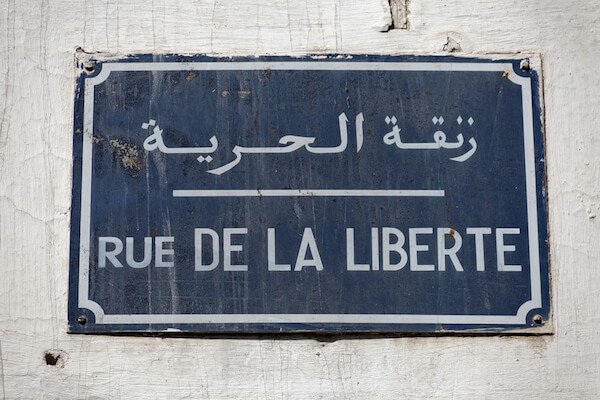 Street signage in Morocco in Arabic and French
Street signage in Morocco in Arabic and FrenchThe Arabic spoken in Morocco is a Moroccan Arabic that is slightly different to the Standard Arabic. However, French and Standard Arabic are spoken by many people in Morocco.
English can be understood and spoken mainly by young people who learn the language in school or privately.
Food in Morocco | Facts about Morocco
A wide variety of nuts and pulses such as lentils, split peas, fava beans or chickpeas are popularly used in many dishes as are lamb and chicken. Spices, dried fruits and flower buds that are used in many dishes can also be sourced at the local markets.
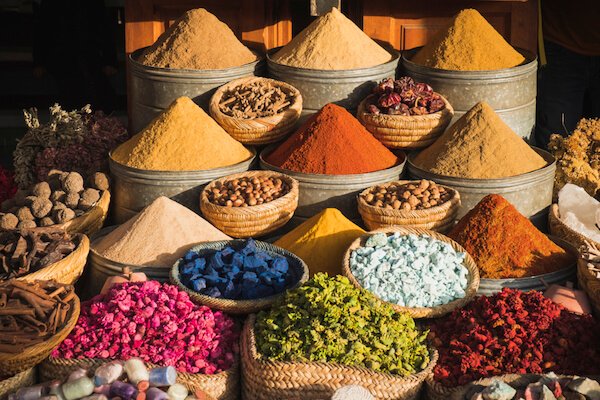 Variety of spices at a market stall in Morocco
Variety of spices at a market stall in MoroccoOlives, citrus fruits and mediterranean vegetables such as tomatoes, as well as honey and dates are heavily used in the Moroccan cuisine.
Here are some typical Moroccan food and dishes:
- Couscous: wheat semolina is cooked and usually served with stews or tagines
- Tagine: also called 'Tajine', is a kind of stew prepared with mixed meat, vegetables and spices that are combined and then cooked without stirring in special clay pot that is covered with a conical hat
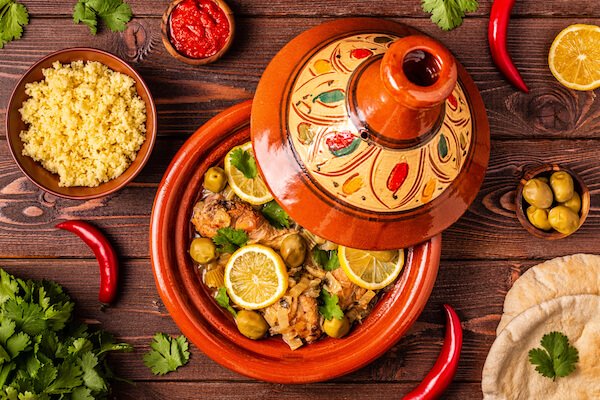 Traditional tajine dish
Traditional tajine dish- Mechoui: roast lamb dish
- Harira: soup made with vegetables, lentils or chickpeas
- Mint tea: very popular sweet tea which is served almost anywhere and anytime
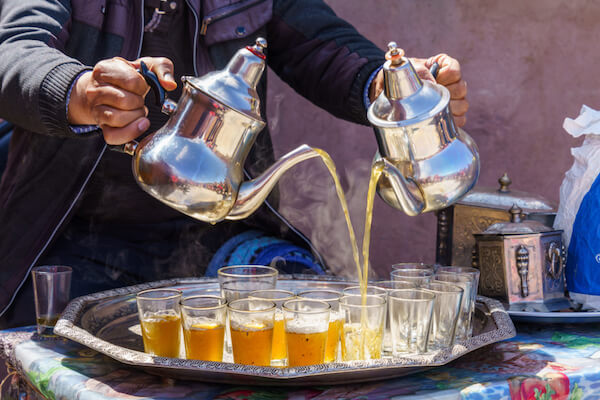 Mint tea ceremony in Morocco
Mint tea ceremony in MoroccoMorocco Animals
The national animal of Morocco is the Barbary lion. These big lions once roamed the areas around the Atlas mountains but unfortunately they are now extinct in the wild. Only a small number of descendants of the Barbary lions still live in European zoos.
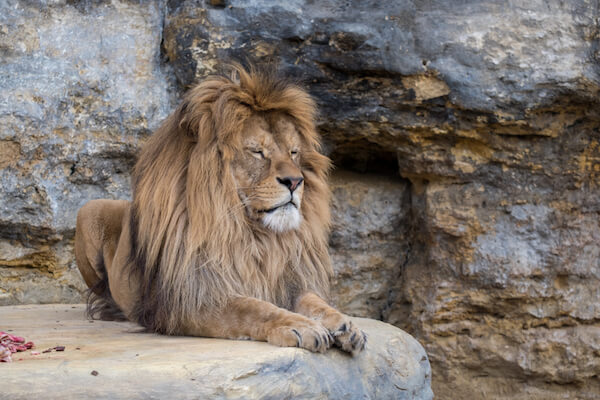 Barbary lion
Barbary lionThere is a wide variety of wildlife in Morocco. On the coast you can spot dolphins and sea birds as well as porpoises.
A very special sight in Morocco are also the goats climbing Argan trees! These cleverly climbing animals can be best spotted in the region around Essaouira and Agadir. There they try to nick the fruits and happily chomp away before the fruit's harvest season in early summer.
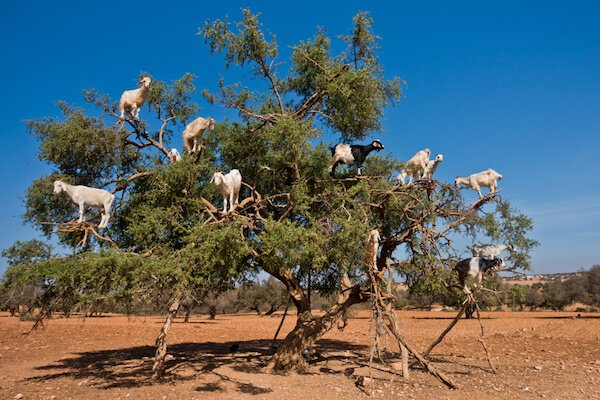 Goats climbing in Argan trees
Goats climbing in Argan treesMorocco Facts | Resources
Sources for Morocco Facts page:
- Central Intelligence Agency. "Morocco". The World Factbook. Last updated 2 January 2025. Last accessed 15 January 2025
- Morocco Tourism Board. "Travel in Morocco". VisitMorocco. Last accessed 15 January 2025
- "Moroccan Cuisine Culture!" friendlymorocco.com. Last accessed 15 January 2025
- Mouttaki, Amanda. "Morocco Destination Guides". MarocMama. Last accessed 15 January 2025
- Endangered List. "Barbary Lion". endangeredlist.org. Last accessed 15 January 2025
Image Credits on Morocco Facts: photo stock from shutterstock and wikicommons, if not otherwise stated.
Please note: The territory of Western Sahara, to the south of Morocco (see map) is a disputed territory and partly occupied and annexed by Morocco since 1979.
The Sahrawi Arab Democratic Republic as Western Sahara is referred to as well is recognised by 45 countries as an independent country and by most countries is seen as an territory occupied by Morocco. This is considered illegal under international law and the UN is trying hard to find a solution. The USA recognised Western Sahara as part of Morocco in 2020, we do not use the map provided by the CIA World Fact Book.
We hope you enjoyed reading our Morocco Facts. Please bookmark this page and spread the word. We will add more information in the near future as we still have to sort through our images and stories from our recent travels.
Popular Pages
Go from Morocco Facts to Africa Continent Facts
Back from Morocco Facts to Kids-World-Travel-Guide
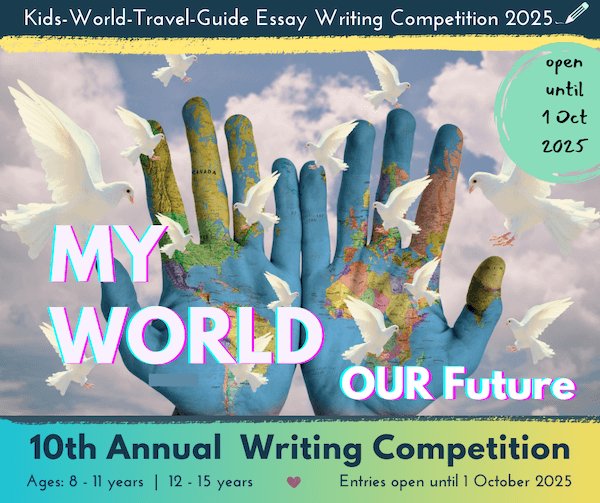
***
More Countries in Africa
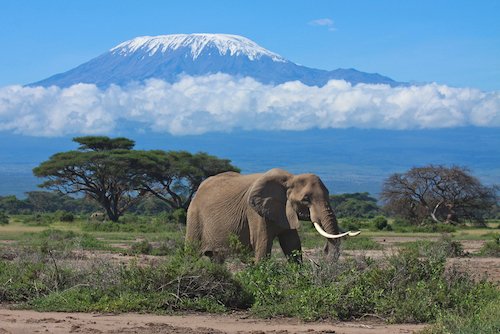 Tanzania
TanzaniaLike what you read?

|
Simply share the html code below. Copy and paste onto your website, blog or Facebook page: <a href="https://www.kids-world-travel-guide.com/morocco-facts.html">Kids World Travel Guide: Morocco Facts for Kids</a> |
